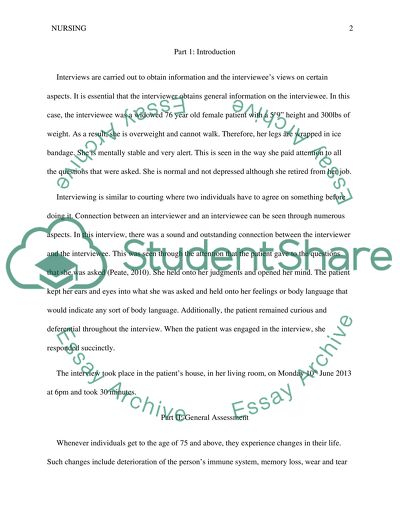Cite this document
(“Nursing research paper Example | Topics and Well Written Essays - 2750 words”, n.d.)
Nursing research paper Example | Topics and Well Written Essays - 2750 words. Retrieved from https://studentshare.org/nursing/1488066-nursing-research-paper
Nursing research paper Example | Topics and Well Written Essays - 2750 words. Retrieved from https://studentshare.org/nursing/1488066-nursing-research-paper
(Nursing Research Paper Example | Topics and Well Written Essays - 2750 Words)
Nursing Research Paper Example | Topics and Well Written Essays - 2750 Words. https://studentshare.org/nursing/1488066-nursing-research-paper.
Nursing Research Paper Example | Topics and Well Written Essays - 2750 Words. https://studentshare.org/nursing/1488066-nursing-research-paper.
“Nursing Research Paper Example | Topics and Well Written Essays - 2750 Words”, n.d. https://studentshare.org/nursing/1488066-nursing-research-paper.


